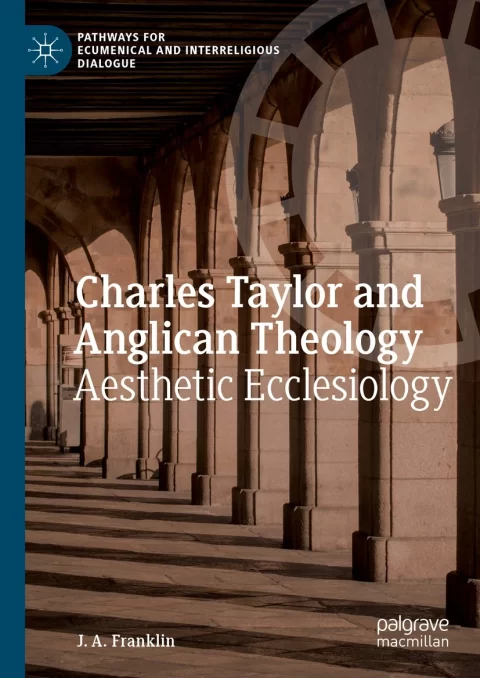
This book considers the work of Charles Taylor from a theological perspective, specifically relating to the topic of ecclesiology. It argues that Taylor and related thinkers such as John Milbank and Rowan Williams point towards an “Aesthetic Ecclesiology,” an ecclesiology that values highly and utilizes the aesthetic in its self-understanding and practice. Jamie Franklin argues that Taylor’s work provides an account of the breakdown in Modernity of the conceptual relationship of the immanent and the transcendent, and that the work of John Milbank and radical orthodoxy give a complementary account of the secular from a more metaphysical angle. Franklin also incorporates the work of Rowan Williams, which provides us a way of thinking about the Church that is rooted in a material and historical legacy. The central argument is that the reconnection of the transcendent and the immanent coheres with an understanding of the Church that incorporates the material reality of the sacraments, the importance of artistic beauty and craftsmanship, and the Church’s status as historical, global, and eschatological. Secondly, the aesthetic provides the Church with a powerful apologetic: beauty cannot be reduced to the presuppositions of secular materialism, and so must be accounted for by recourse to transcendent categories.
Author: J. A. Franklin
